23 pages • 46 minutes read
Ernest HemingwayTen Indians
Fiction | Short Story | Adult | Published in 1927A modern alternative to SparkNotes and CliffsNotes, SuperSummary offers high-quality Study Guides with detailed chapter summaries and analysis of major themes, characters, and more.
Important Quotes
“After one Fourth of July, Nick, driving home late from town in the big wagon with Joe Garner and his family, passed nine drunken Indians along the road.”
(Page 19)
This first line of the story immediately identifies the Fourth of July setting while mentioning it is simply “one” July 4 among others. The specific holiday sets up the story’s critique of American patriotism, while generalizing the setting as “one Fourth of July” hints that the anti-Indigenous attitudes displayed by the Garners are a constant undercurrent in American identity. It also introduces The Limiting Nature of Patriarchal Masculinity by introducing the Garners as “Joe Garner and his family.” Finally, it introduces the “nine […] Indians,” a number that is repeated twice more in the first five sentences, which raises the question of who the 10th of the title might be.
“He remembered there were nine because Joe Garner, driving along in the dusk, pulled up the horses, jumped down into the road, and dragged an Indian out of the wheel rut. The Indian had been asleep, face down in the sand. Joe dragged him into the bushes and got back up on the wagon-box.”
(Page 19)
Ernest Hemingway uses repetition in this first paragraph of the story to reinforce his themes. “Joe Garner” is repeated here, his full name representing his power as the family’s patriarch. In the first quote, his name contrasts with his unnamed family; here, it is juxtaposed with the unnamed “Indian” to represent the power of white men in American society over Indigenous people. Anti-Indigenous racism is represented through the repetition of “dragged,” which emphasizes the violent indifference of Joe’s actions.
Related Titles
By Ernest Hemingway
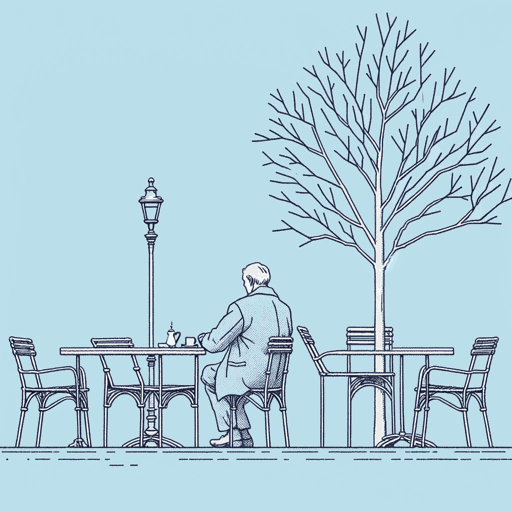
A Clean, Well-Lighted Place
Ernest Hemingway

Across the River and into the Trees
Ernest Hemingway

A Day's Wait
Ernest Hemingway

A Farewell to Arms
Ernest Hemingway
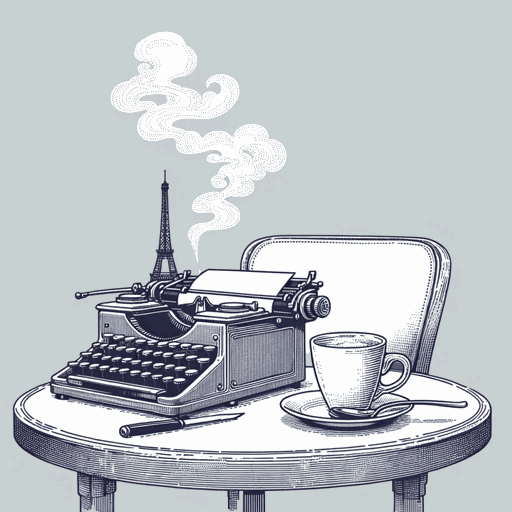
A Moveable Feast
Ernest Hemingway

A Very Short Story
Ernest Hemingway
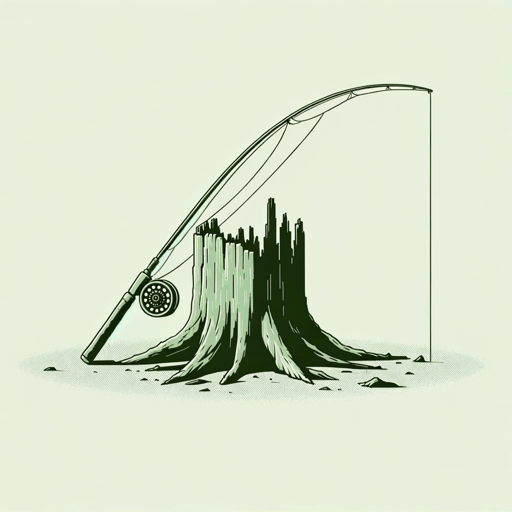
Big Two-Hearted River
Ernest Hemingway
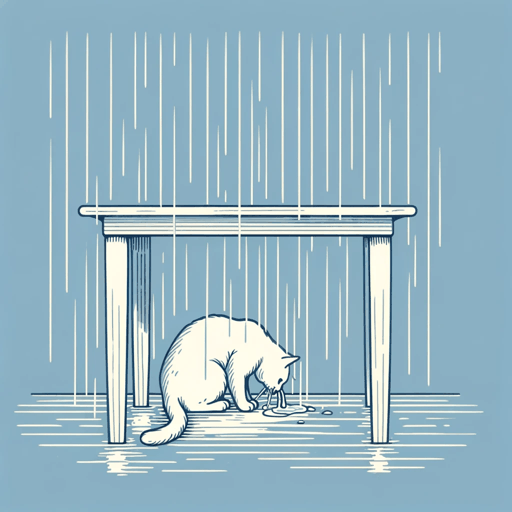
Cat in the Rain
Ernest Hemingway

For Whom the Bell Tolls
Ernest Hemingway

Green Hills of Africa
Ernest Hemingway

Hills Like White Elephants
Ernest Hemingway
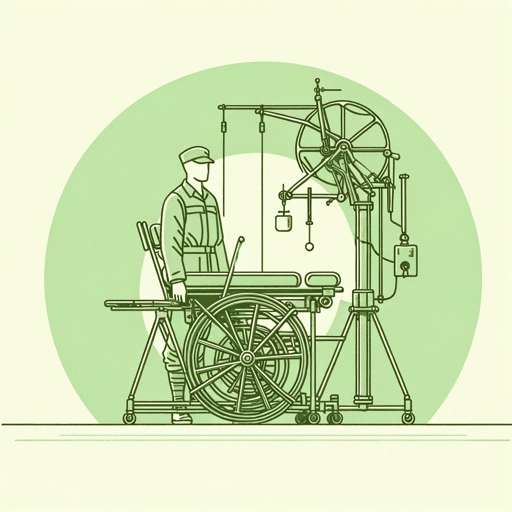
In Another Country
Ernest Hemingway

Indian Camp
Ernest Hemingway

In Our Time
Ernest Hemingway
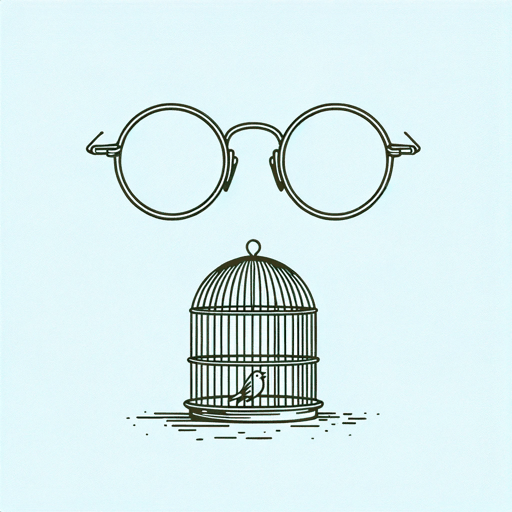
Old Man at the Bridge
Ernest Hemingway
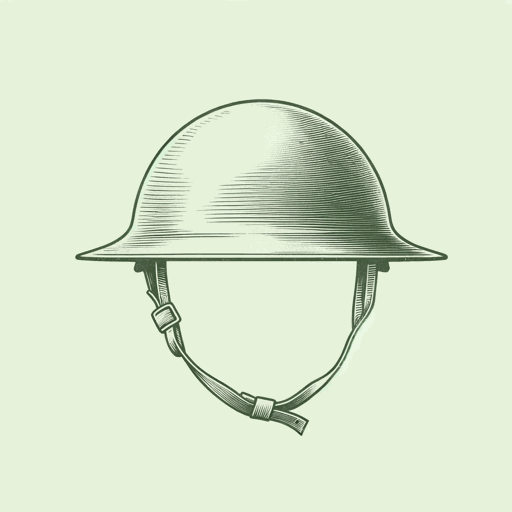
Soldier's Home
Ernest Hemingway

Solider's Home
Ernest Hemingway

The Garden of Eden
Ernest Hemingway

The Killers
Ernest Hemingway

The Nick Adams Stories
Ernest Hemingway

